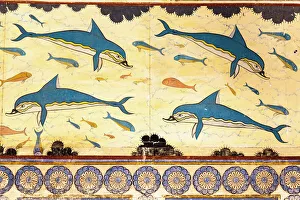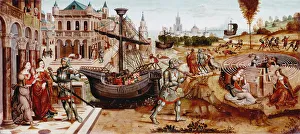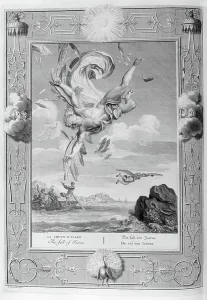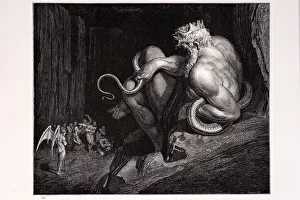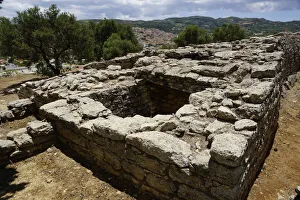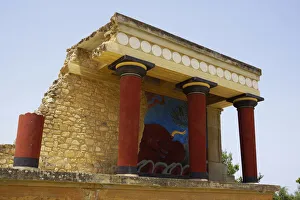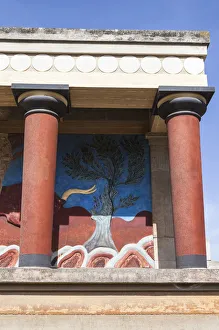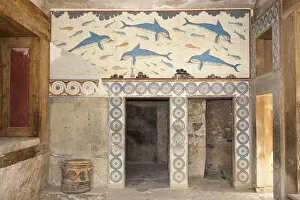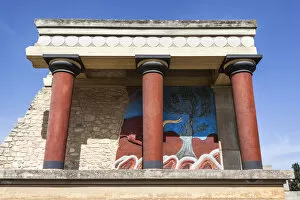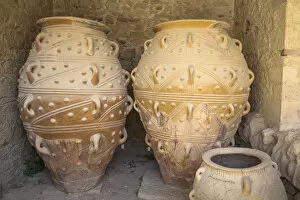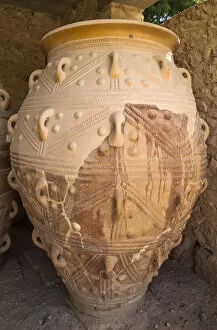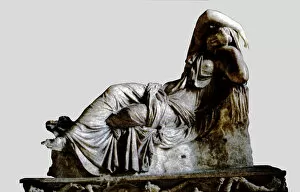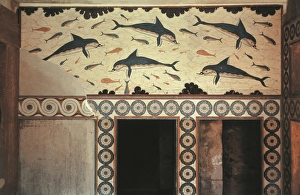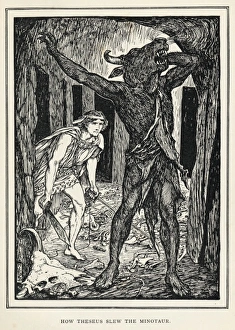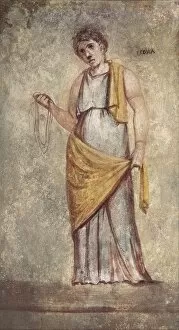Minos Collection
"Unraveling the Myth of Minos: From Ancient Greek Pottery to Dante's Inferno" Step into the labyrinthine world of Minos
All Professionally Made to Order for Quick Shipping
"Unraveling the Myth of Minos: From Ancient Greek Pottery to Dante's Inferno" Step into the labyrinthine world of Minos, a figure deeply rooted in ancient mythology and art. 🏛️🌍 Intriguingly depicted on an ancient Greek pottery dating back to c. 515 BC, the fearsome Minotaur - half-man, half-bull - captivates our imagination with its enigmatic presence. 🐂 The Palace at Knossos stands as a testament to the grandeur and power associated with this legendary ruler from 2100 BC Greece. Its ruins whisper tales of a mythical maze where Theseus bravely confronted the ferocious creature within. Europa, immortalized by Claude in his artwork, adds another layer to the mythological tapestry surrounding Minos. Her abduction by Zeus disguised as a bull is said to have birthed three sons including this infamous king. Delving deeper into artistic interpretations, we encounter Perugia Painter's Calyx Krater - a mixing bowl adorned with scenes from Minoan culture around 400-380 BCE. This masterpiece offers glimpses into daily life during that era while hinting at connections between mortals and deities. Dante Alighieri's "Call to Hell" frescoes provide further insight into how Minos transcended time and became synonymous with judgment in Christian theology. As judge of the damned within Antehell, he plays a pivotal role in Dante's Divine Comedy. Even beyond literature and artistry, evidence emerges from archaeological finds like the Toreador Fresco discovered at Knossos Palace in Crete. Dating back to 1550-1450 BC, it depicts daring acrobats engaging with bulls – perhaps reflecting rituals or games associated with Minoan society. As we piece together these fragments spanning centuries and continents, one thing becomes clear.

